#HelpShiftHappen Blog Article by Deb Atchison
Got students who don’t like to read at all? Augmented Reality books can change that!
As a former student that hated reading, but turned Reading Specialist, I’m astounded by the statistic from the National Report Card that says that only 37% of our 4th graders are reading proficiently. This is crazy! If a little over a third of our students are reading proficiently, what does this mean for the future of our country? This is scary when you really think about it. I know many students are like I was in school and don’t like to read at all. Thankfully, that is not the case any longer for me and I really enjoy helping students learn to read better. I think perhaps because I struggled with reading, I can empathize with those that do and can help them to become better at it and dread it a little less.

Many times, students haven’t found anything that interests them and therefore they don’t want to put the time into reading some “boring ole book!” Or, they are too embarrassed to check out books that are on their reading level and way below what they should be able to read. Well, I have a solution for these reluctant readers. And, if it works on my own teen boys whose native language is Russian and not English, then it should work on your reluctant readers too. What I’m talking about are AR books. Not Accelerated Reader books, but Augmented Reality books. You know, books that come to life right before your very eyes! Augmented Reality or AR books have images that when scanned with a device and a specific app will literally pop right off the page.
There are many AR books out there for young learners. Kids of all ages love to read and experience H.C. Anderson’s original fairy tale about The Little Mermaid who swaps her fishtail for human legs to be able to follow her heart. The great thing about this book is that it lies flat, making it easy for the young reader to hold on to the iPad while experiencing the book. Some of my other favorites for young readers are the Arbi books, https://www.arbibook.com. These storylines are exactly what our kids need to hear. Teamwork, friendship, getting along and working together are skills that are so important and they are valued and the focus of these stories.
Rocks In My Socks, is the story of Gracie, an adorable pint-sized pink triceratops, who learns about acceptance through some unexpected visitors that show up in her favorite pink and white striped socks. There are 13 activities that can be played manually with colors, markers, or pencils. Learn about colors, matching, recognition, colors and music associations, and even some of Gracie’s favorite dance moves.
Holo Pop Ups, https://holopopups.com/ has a handful of books that foster learning in an innovative way – vocabulary, spelling and science all become part of the fun! The characters leap out of the page, living, breathing and speaking to you. And, who could forget the Color Alive Coloring Books from Crayola. They give kids the opportunity to see their coloring pages come to life right before their very eyes!

And, of course, we know educators of the little ones swear by the Alive Studios’ My Letters alive Journals, which help early readers with letter naming, letter sounds, and letter writing. Alive Studios also has a super cute story that teaches the value of being on time, Amos Arrives at the Airport. You definitely need to check those out if you haven’t yet. Even if you are a parent of little ones and not a teacher, you will love how easily your kiddos can learn their alphabet with them.
I love all the great AR picture books and I’m still very excited over those, but I’m really pumped for the books for older readers that are interactive and engaging! For example, the company Anomaly World, http://www.experienceanomaly.com, has many books that will particularly attract those that are interested in science-fiction, fantasy and comic books. Their flagship book, Anomaly, is an epic tale of deception, redemption, and unity set on a strange alien world and the longest original full-color graphic novel ever published. With lush illustrations, action-packed storytelling, and awe-inspiring interactive features, Anomaly is a must-have multimedia experience for any reader, especially the reluctant one. They have several graphic novels and comic series that use augmented reality to engage their readers. The most exciting part for me is that these books and many others are becoming more and more sophisticated, not just in the artistry and AR, but also in the content of the storylines. There are more and more graphic novels and even novels for young adults that are incorporating AR. I’m really pumped for these new books for older readers that are interactive and engaging!
When my, then 17, year old son was looking at the @AnomalyWorld AR graphic novels for the first time with me, we were both blown away by the digital graphics along with the intense and interactive AR that was popping off the pages. I knew this company was onto something, when he said, “Wow, I can’t wait to read this book to see what this (AR character popping off the page) is all about! I want to learn more about him!” What? A 17-year-old, non-native English speaking boy wants to read a book? Yep, pretty powerful stuff if you ask me!

Personally, I really liked the Anomaly Productions illustrated novel, Between Worlds. It’s a story of misfit teens that wander off during a school field trip to the forest, on a dare to find a local legend, The Wishing Tree. But they get more than they bargained for when they find themselves in Nith, an alternate universe. Along with amazing new powers and furry friends, Nith holds danger and intrigue. With the help of the mysterious Aaron, these two friends try to find their way back home. But some of the inhabitants of Nith have other plans for the teens… Together, Mayberry and Marshall must learn to control their new powers, escape their enemies, find their way home, and come to terms with their growing attraction. This book reminded me of novels I would read as a teacher to my middle school students. Yes, I made it a common practice to read aloud to my teen students who were often reluctant readers. You should too! The storyline is great and very engaging and about every two or three chapters, you get to an amazing illustration in the novel that you could scan with your mobile device and app to see that character come to life. My son couldn’t wait until he got to one of those pages to scan and neither could I. The anticipation of the next one, kept us both reading.
I also like that the AR in books for all level of readers is becoming more and more interactive! Not only is something coming out of the books, but you can actually interact with and control some of the AR content. Seeing is believing, but holding it in your hand and manipulating it, is way better!
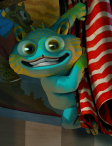
This same company has a new book releasing this coming summer that I’m very excited about, called Creative Creature Catchers! I’ve been lucky enough to preview it and it’s incredible, but designed for younger readers. The story is basically, that there are lost baby creatures all around us who just want to go home, and they need your help! Welcome to the Society of Creative Creature Catchers! You’ve been chosen to join the CCC because you’re smart, caring and REALLY fun! Your mission is simple: Find and learn about a variety of fantastical animals who have ended up lost in our world and it’s the reader’s job to send them home to their families! Some hid in the curtains. Others hid under the bed. Don’t worry. They won’t hurt you. They’re scared, and their parents are worried about them. But this is just half the story. Creative Creature Catcher isn’t just about reading. It’s about doing. Anyone can read about these unfortunate animals, but Malcolm will teach you how to get personally involved and will even read the story to reluctant readers. I can’t wait to be able to use the interactive hide and seek game with students.
If we are going to get and keep students reading and advance that percentage of proficient readers, our first step is to actually get them reading. Giving students books that initially pique their curiosity is a great start. For more AR books that I’ve previewed and used, check out http://tiny.cc/ARbooks. If I can help you introduce these and many other great AR books to your students and colleagues, please don’t hesitate to contact me.
Deb Atchison
www.debatchison.com
debatchison@gmail.com
@debatchison on Twitter
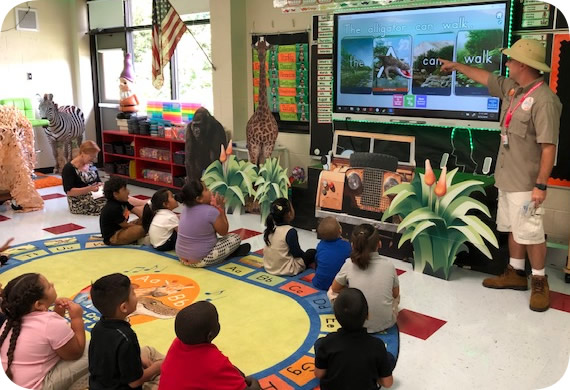






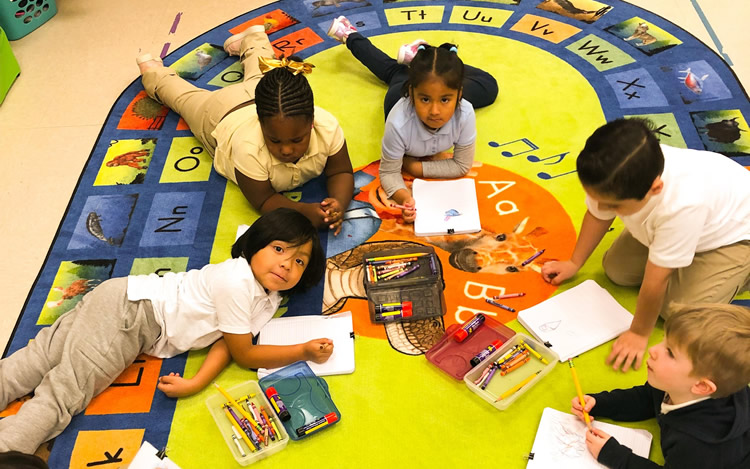 The idea of going from a self-centered environment to feeling like a speck in a big world where I don’t know my place seems intimidating to me as an adult, so I can understand why they’re quiet. I have one little girl in my class now who didn’t really start having conversations with me or most of her classmates until Christmas. Building their confidence is just another element we use to help students develop in order to make sure they’re ready for kindergarten. Fortunately, students tend to develop confidence as they learn both academic and social skills before moving into kindergarten. These are skills such as identifying letters and their sounds, the understanding that letters make words and words make sentences, the ability to count individual objects up to 20, and so on.
The idea of going from a self-centered environment to feeling like a speck in a big world where I don’t know my place seems intimidating to me as an adult, so I can understand why they’re quiet. I have one little girl in my class now who didn’t really start having conversations with me or most of her classmates until Christmas. Building their confidence is just another element we use to help students develop in order to make sure they’re ready for kindergarten. Fortunately, students tend to develop confidence as they learn both academic and social skills before moving into kindergarten. These are skills such as identifying letters and their sounds, the understanding that letters make words and words make sentences, the ability to count individual objects up to 20, and so on.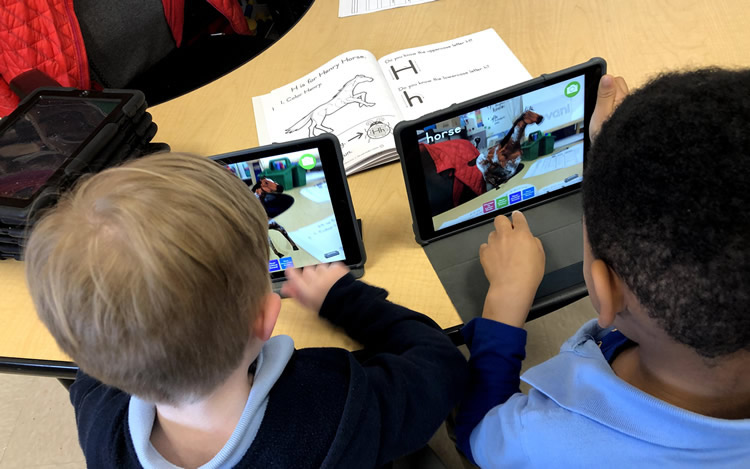 We use the cards as traditional flashcards, and there are also student journals that can be taken home to work on the same literacy concepts with their parents on mobile devices. The free mobile app turns the journal into a magical 3D animal adventure! A big part of engaging pre-K students and ensuring their growth is parents who are committed and engaged in their children’s education.
We use the cards as traditional flashcards, and there are also student journals that can be taken home to work on the same literacy concepts with their parents on mobile devices. The free mobile app turns the journal into a magical 3D animal adventure! A big part of engaging pre-K students and ensuring their growth is parents who are committed and engaged in their children’s education.

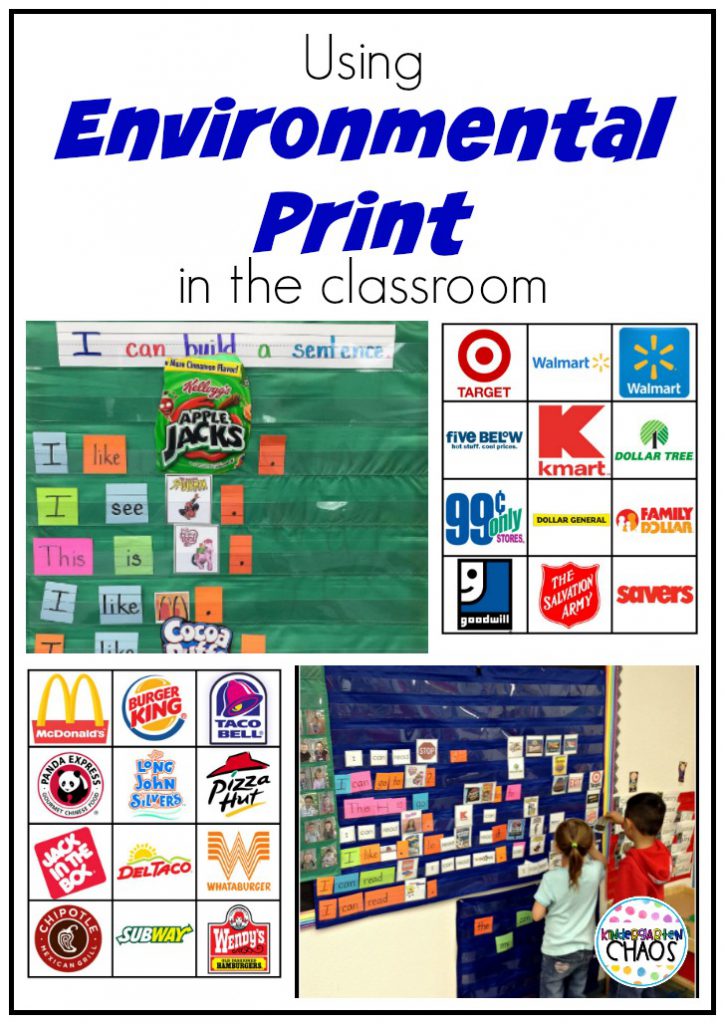 There are multiple ways to incorporate environmental print in your classroom, but it is a
There are multiple ways to incorporate environmental print in your classroom, but it is a 




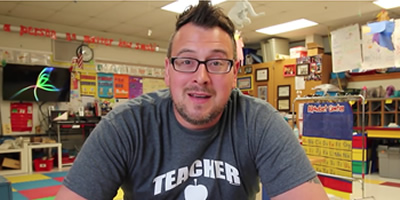
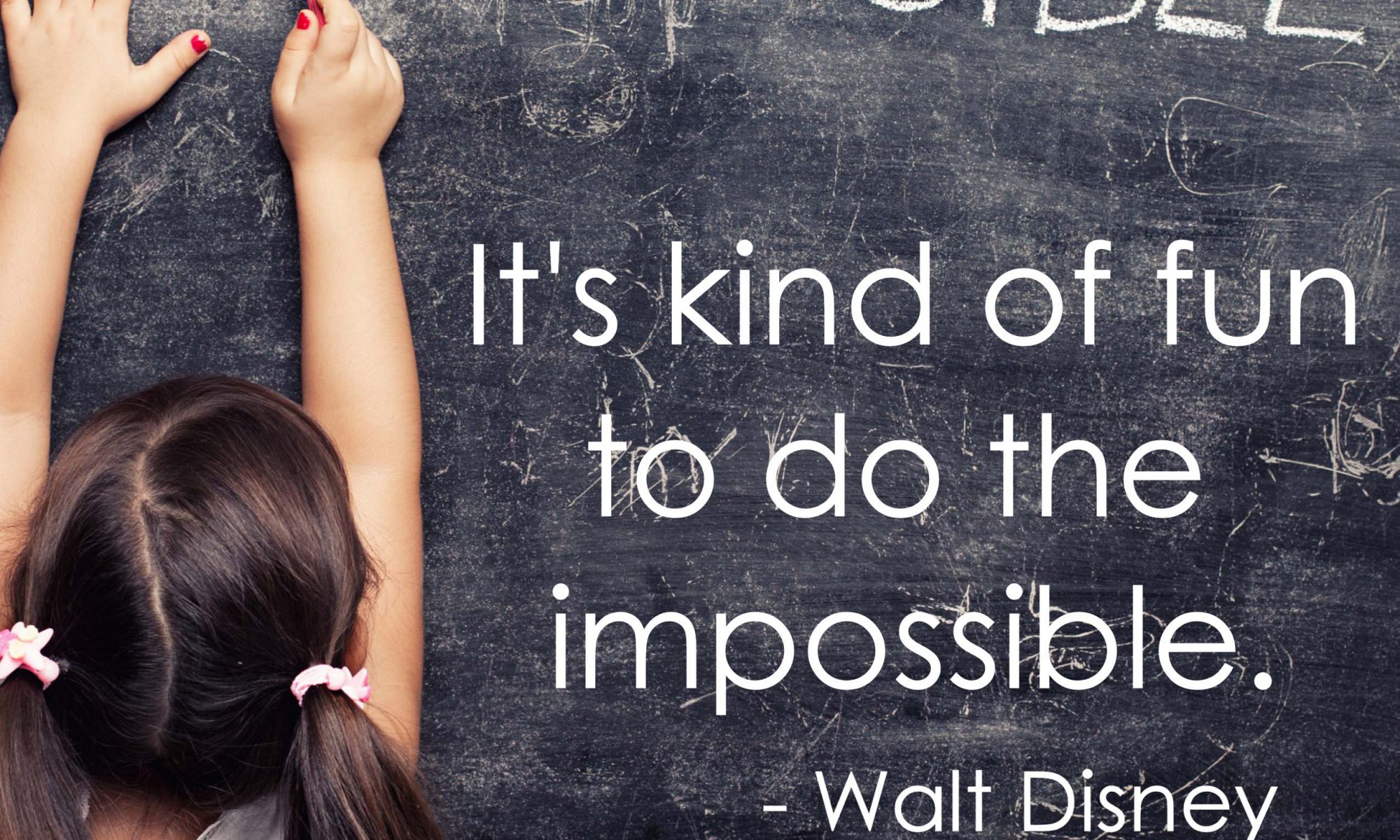
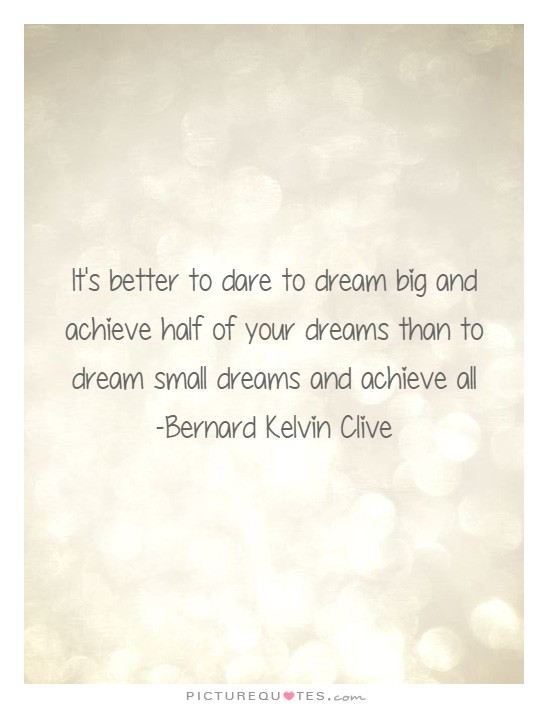 Well, a BHAG isn’t just about reaching the goal.
Well, a BHAG isn’t just about reaching the goal.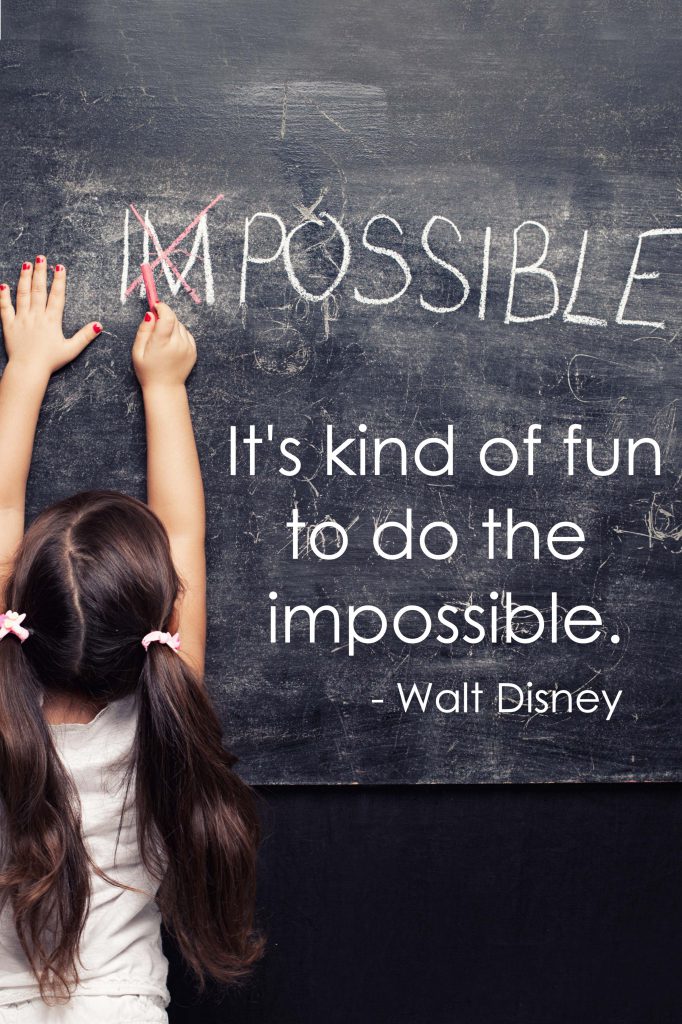 This is what we’re asking you to do:
This is what we’re asking you to do: